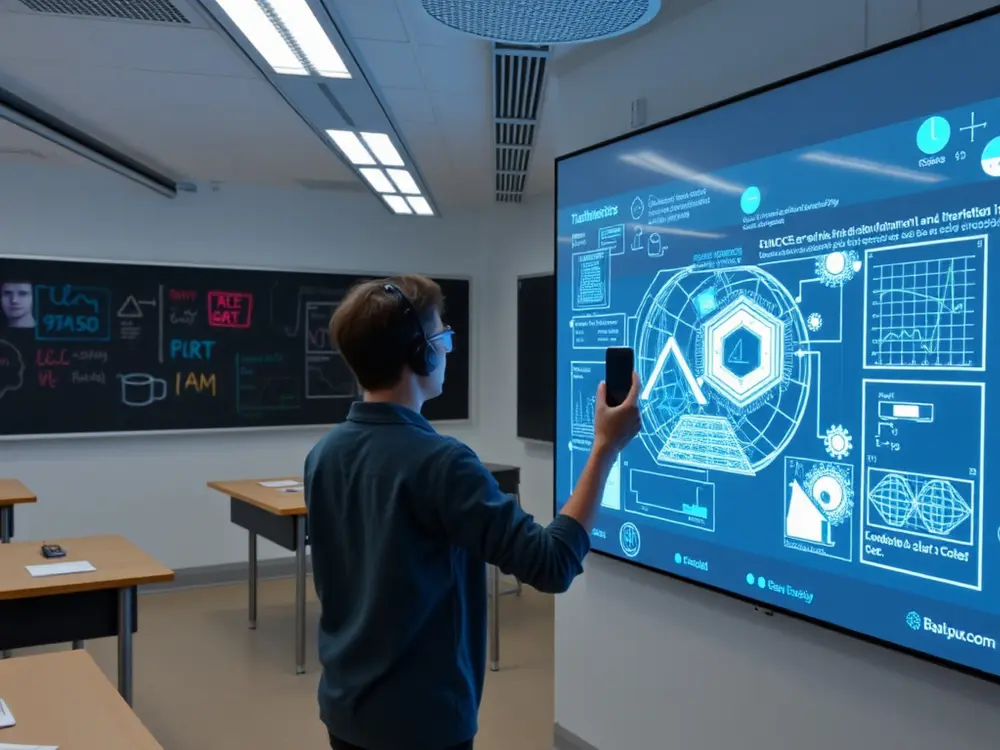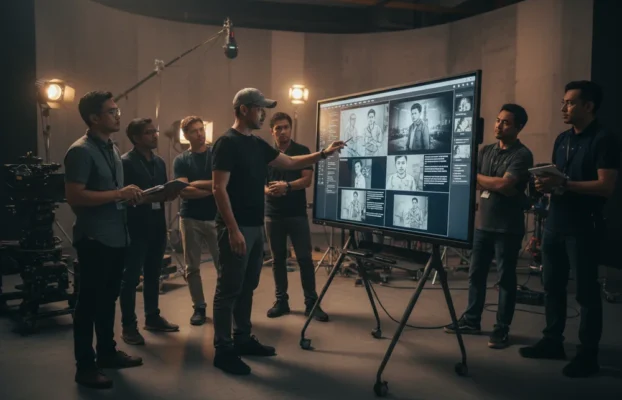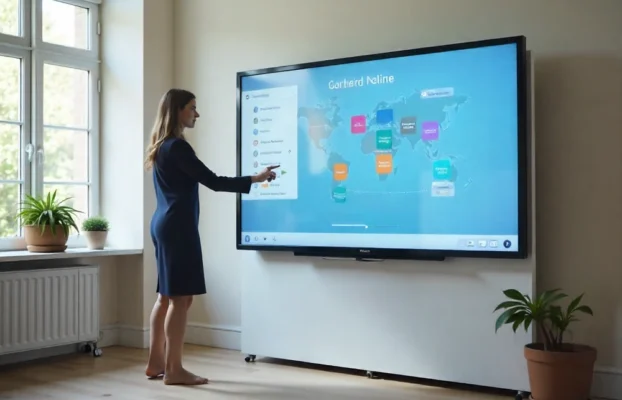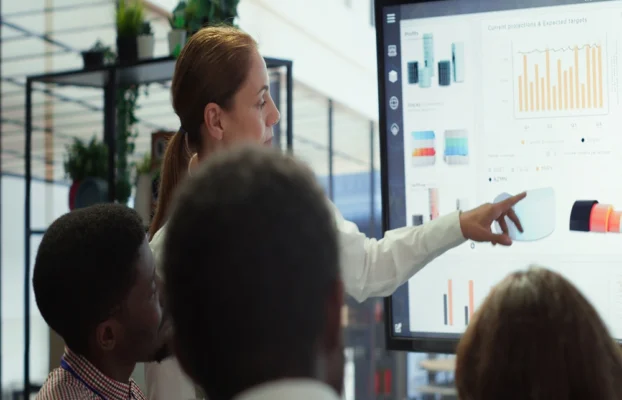Higher education is in a constant state of evolution, driven by technological advancements and changing student expectations. Students now demand more than traditional lectures—they seek interactive, engaging, and tech-driven learning experiences. Enter smartboards, revolutionary tools that not only enhance teaching methods but also foster collaboration and critical thinking. These interactive learning boards are transforming how universities and colleges deliver education, creating a more dynamic and inclusive learning environment. Let’s explore how smartboards are reshaping the future of higher education.
1. Encouraging Active Participation
Traditional lecture formats often result in passive learning, where students listen without engaging with the content. Smartboards, however, flip this dynamic by encouraging students to actively participate in their education. They provide a platform where students can annotate slides, solve problems, and brainstorm ideas collectively. For example, in an economics class, students can work together on analyzing supply and demand curves. The interactive features of the smartboard allow them to adjust variables, annotate graphs, and draw conclusions in real time. This hands-on approach not only makes the class more engaging but also deepens understanding and retention.2. Simplifying Complex Concepts
Higher education covers a wide range of complex topics, from advanced calculus to intricate biological processes. Smartboards simplify these subjects by leveraging visual aids, animations, and real-time interaction. Professors can illustrate difficult concepts in a way that’s easy for students to grasp. For instance, a biology professor explaining cell division can use a smartboard to showcase a 3D animation of mitosis. They can pause, zoom in, and annotate each phase, ensuring students understand the process step by step. This capability bridges the gap between theoretical knowledge and practical comprehension.3. Supporting Hybrid and Online Learning
With hybrid and remote learning becoming a standard in education, tools that connect in-person and remote students are essential. Smartboards seamlessly integrate with platforms like Zoom, Microsoft Teams, and Google Classroom, enabling remote participants to interact with content in real time. Imagine a law class where students from various locations collaborate on a mock trial. Using a smartboard, remote students can highlight key sections of legal documents, share their opinions, and actively participate in discussions. This inclusivity ensures that distance is no longer a barrier to quality education.4. Facilitating Collaborative Projects
Group projects are integral to higher education, fostering teamwork, creativity, and problem-solving skills. Smartboards make collaboration effortless by providing a shared platform for students to brainstorm, plan, and execute projects. For example, a team of engineering students working on a renewable energy model can sketch their designs on a smartboard. They can add annotations, share feedback, and refine their work in real time. This collaborative process not only boosts productivity but also encourages innovation.5. Enhancing Multimedia Learning
Every student has a unique learning style, and smartboards cater to all by supporting multimedia formats. Professors can incorporate videos, simulations, and interactive exercises into their lessons, making the content more engaging and accessible. For instance, a history professor can use a smartboard to show video clips from a historical event, pause to discuss key moments, and annotate maps or timelines. This multimedia approach keeps students engaged and helps them better understand the subject matter.6. Recording and Reviewing Lectures
One of the standout features of smartboards is the ability to record lectures. These recordings capture everything—from annotations to class discussions—and can be shared with students for review. This feature is especially beneficial for students who need extra time to understand a topic or for those who miss a class. For example, an engineering student preparing for an exam can revisit a recorded lecture on structural analysis. The detailed annotations and explanations provided during the lecture help them reinforce their knowledge and clarify doubts.7. Real-Life Example: Israk Solutions Empowering Universities
In Malaysia, a prestigious university partnered with Israk Solutions to introduce smartboards in its lecture halls. The results were remarkable. Professors reported increased student engagement, improved understanding of complex subjects, and a more collaborative learning environment. Students praised the interactive features, stating that smartboards made their learning experience more enjoyable and effective.Why Choose Israk Solutions for Interactive Learning Tools?
Israk Solutions is a trusted provider of advanced educational technology, offering tailored solutions for higher education institutions. Here’s why educators choose Israk Solutions:- High-quality smartboards with innovative features.
- Seamless integration with existing learning platforms.
- Expert installation and training for educators.
- Reliable after-sales support for long-term satisfaction.









